The transient immersion of young artists into the deafening rhythm of the art scene is probably the first legitimate answer to the question: “How do you become an artist?” As projects created by emerging artists enter exhibition spaces, the idea that emerging artists have learned how to elbow their way into a complicated environment is gaining ground. The need for experience and confidence to succeed in defining an artistic discourse comes with the assumption of a label that often seems unattainable. In order to feel that their projects matter, artists try to get involved in cultural gestures early on, bearing in mind that the formulation and cultivation of an artistic identity take time.
The exhibition A Matter of Matter represents the initiative of an emerging artist and a young curator seeking to position themselves in the art world. Matei Emanuel is currently completing his undergraduate studies in sculpture, and Bianca Băjenaru is studying art history and theory. Matei Emanuel is an emerging visual artist studying and working in Bucharest. His artistic practice involves formulating social ironies through objects made of various materials and techniques. The artist aims to introduce works with a mass-produced aesthetic into an art world where sophisticated values and expectations discredit the appreciation of a comic attitude. Bianca Băjenaru is a young curator based in Bucharest who studies art history and theory at the National University of Arts. Her interests revolve around performance art, video art, and multi-media art. Being concerned with topics such as feminism or social inclusion, Bianca shapes her discourse on a progressive note, taking into account the major issues in society.
Their collaborative project brings to the public the artist’s play with animal symbols into a territory where the meaning and materiality of objects are intertwined. Through his new series of works, Matei expands his representational repertoire, functional objects are lost in the reality of works with an aesthetic stake, and painting becomes a method of dealing with the image it begins to explore. The artist aims to conceal a distinctive conceptual thread behind his playful and colorful series-like objects, which reveals his own way of understanding the sculptural object.
Although the animal-symbol association was a fertile and latent idea for Matei long before he found the formal solution for the seven exhibited works, as soon as he got to the gallery, he approached the space as an instrument that could capture his understanding. One of the works, Watch out for dalmatians, is placed outside the exhibition space to draw the viewer’s attention precisely. The canvas reproduces the shape and color of the road sign that draws the attention of traffic participants, but the warning object is the silhouette of a dalmatian. The traffic sign creates an unfulfilled expectation for the audience regarding the content of the room since only the walls of the space are involved. Works set within the confines of a black cube are surrounded by white patches replicating the pattern of dalmatian fur in reversed colors. At the opposite pole of this approach is Leaking Life. The placement of the work on the ceiling of the room means that the object is often overlooked, carrying out the artist’s intention to use a blind spot of the exhibition venue to let the viewer ignore the work.
The sometimes-fragmented layout of the works by value acts as an index of the instances in which the animal symbol changes. Both artist and curator do not place the symbol in a fixed semiotic system; objects and space are tools for understanding the meaning, lying between the figurative and the figural. The playful questioning of symbol theory reminded me of Gombrich’s essay, Meditations on a Hobby Horse[1]. The author describes a system of representation in which the image is a substitute for things rather than a symbol for them. The substitute image is associated with a child’s toy, such as a hobby horse: a broom is a perfect replacement for a horse because it can be ridden. How the child’s imagination and the object’s usefulness are transformed does not account for mimetic representation: with the right imaginative direction, almost anything can be replaced by something else entirely.
In Matthew’s artistic practice, sculpture can reveal the functional paradigm of the object. His strategy involves the slow passage of the object through a process of conceptual concretization (from personal to social connotations) and the combination of its tangibility with material spontaneity. The artist relates in a multi-perspective way to the functionality of the sculptural object and preserves its aesthetics as a mass-produced product through the careful handling of the materials he uses. Ilie-the manly way to use a sewing machine reveals the importance of personal experience in producing a piece of work. Made of resin, meticulously coated in patina to mimic the texture of a ready-made object integrated into sculpture, the bull placed on a functional sewing machine is a commentary on the binary of social norms. Intrigued by the reception of his early textile works as simple acts of a male artist sewing, Matei attempts through this work to break free of the gendered interpretation of artistic mediums.
The choice of animal content closely linked to notions learned in childhood allowed him to show the ingenuity of human understanding. The work Takay Gekko, named after a blue lizard that Matthew tries to reproduce from his childhood modeling, relies on the idea that imitation of an organism, however naive, can maintain the referent’s features regardless of similarity. The material used is a finite one, but the surface of the object tries to imitate the varying texture of playdough. Even in the case of organisms recognizable to humans, their way of manifesting themselves in nature is actually hidden, and the simplification of some natural systems only helps to partially understand the non-human environment.
Camouflage is an adaptive mechanism specific to animals known since childhood. It is understood as a survival tactic in different natural settings. When the animal’s own identity endangers it, camouflage allows it to morph into something else, to be beneficially altered. In studies about animals, the type of camouflage involving mimesis refers to the animal body becoming something else that is identifiable. The works Elephant mask for a rhino and Rhino mask for an elephant are placed in the pendant to establish a cause-and-effect relationship. The diptych conjures up a situation in which both the rhino and the elephant can protect themselves from the danger of poaching through camouflage. In doing so, the artist adds a deeply empirical conceptual undertone to two terms: functionality and utility. The functionality means fulfilling the purpose of camouflaging the animal itself, and the utility means successfully eliminating the possibility of poaching. Therefore, the two objects designed for the elephant and the rhino work, a feature emphasized by the transparency of the animal silhouettes, yet they are not useful because both animals continue to be targets for poaching even after camouflage.
The less noticed aspect of this collaboration, but which becomes clear on closer inspection, is the practice of conceptual transfer between artist and curator. Beyond the creation of the works or the process of contextualizing and assembling the exhibition, the artist and the curator have taken part in the exhibition project as a process of understanding. Probably more sought after is the option in which the exhibition presents the result of a project and does not represent the transformation of what has happened so far in the studio into a new conceptual systematization for both artist and curator. The benefit of an exercise under these terms in young people’s practice blurs the dissonance developed by the actors of the art world, where everyone’s mission is classified and prioritized according to a hierarchy of roles.
The exhibition A Matter of Matter was hosted by the Cazul 101 gallery (Atelierele Malmaison) from June 1st to June 17th, 2023.
[1] Ernst H. Gombrich, Meditations on a Hobby Horse and Other Essays on the Theory of Art, Phaidon, 1994.
Translated by Camelia Diaconu
POSTED BY
Alexandra Moț
Alexandra Elisabeta Moț is a young art historian who combines the practice of heritage conservation with research. She recently graduated from the National University of Arts, the Department of Art H...
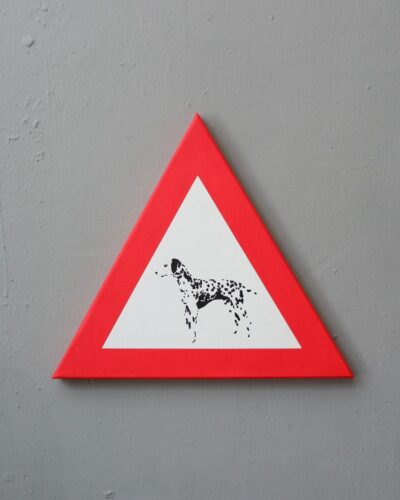
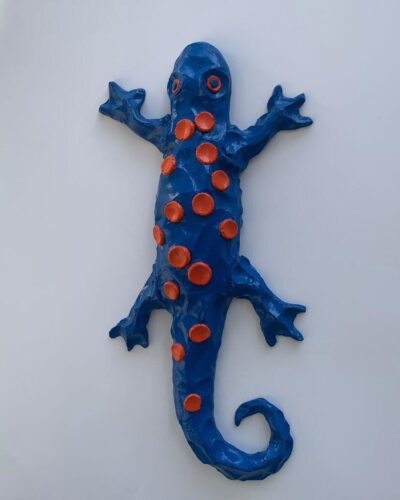
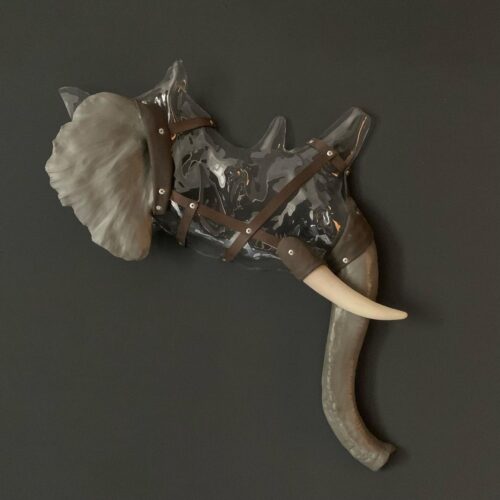
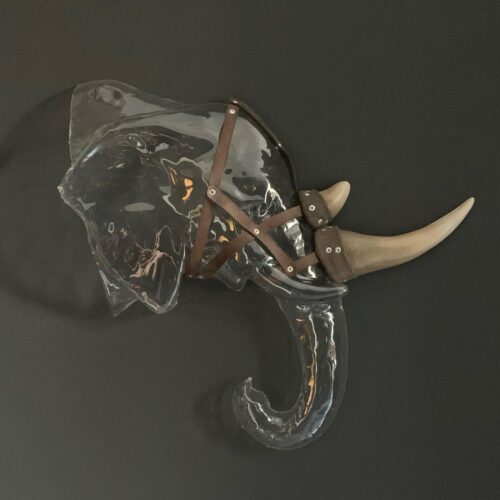
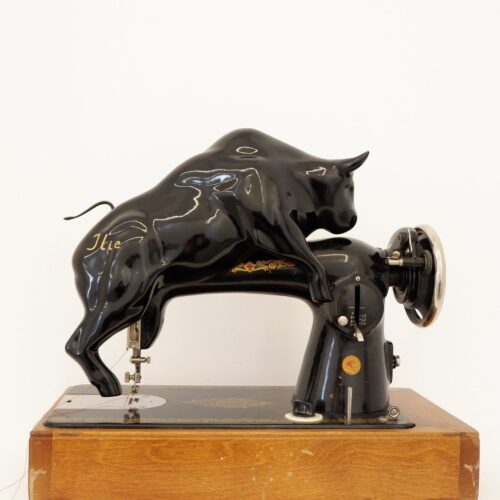
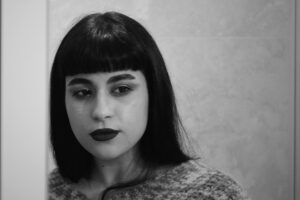
Comments are closed here.